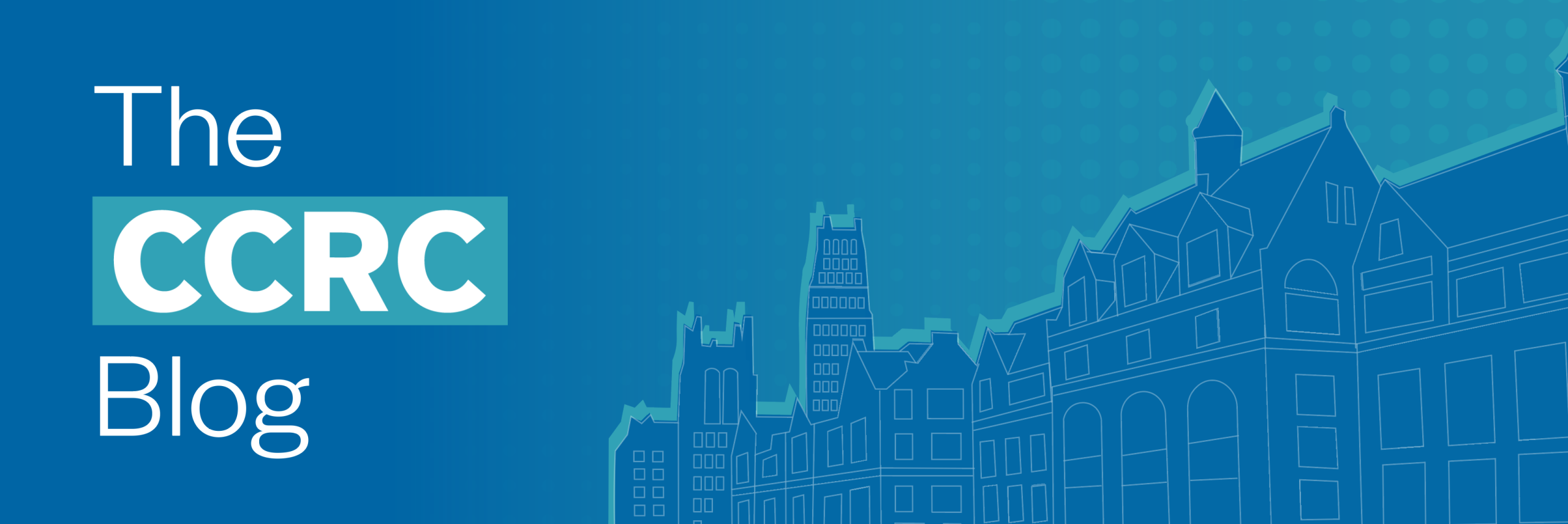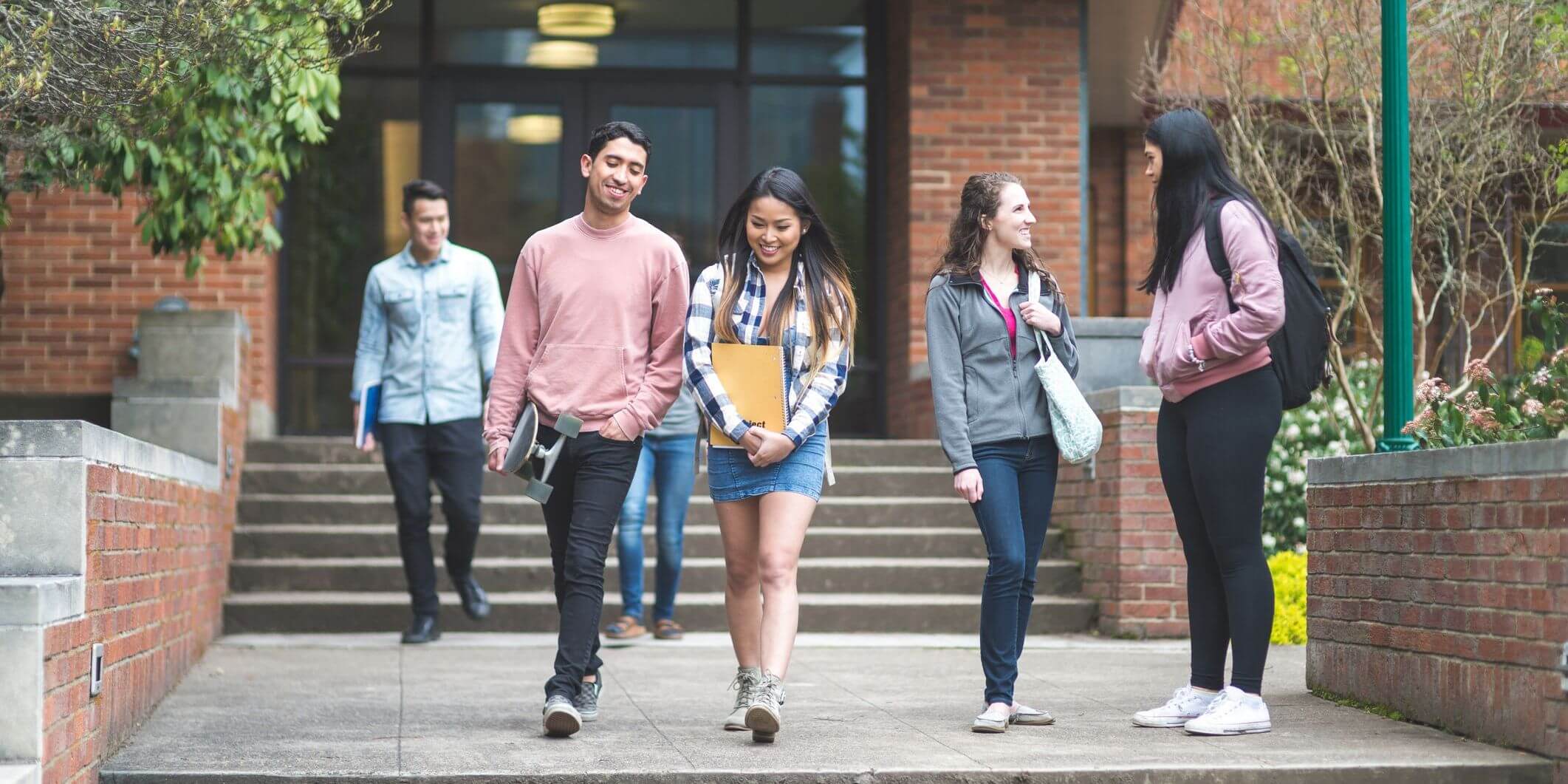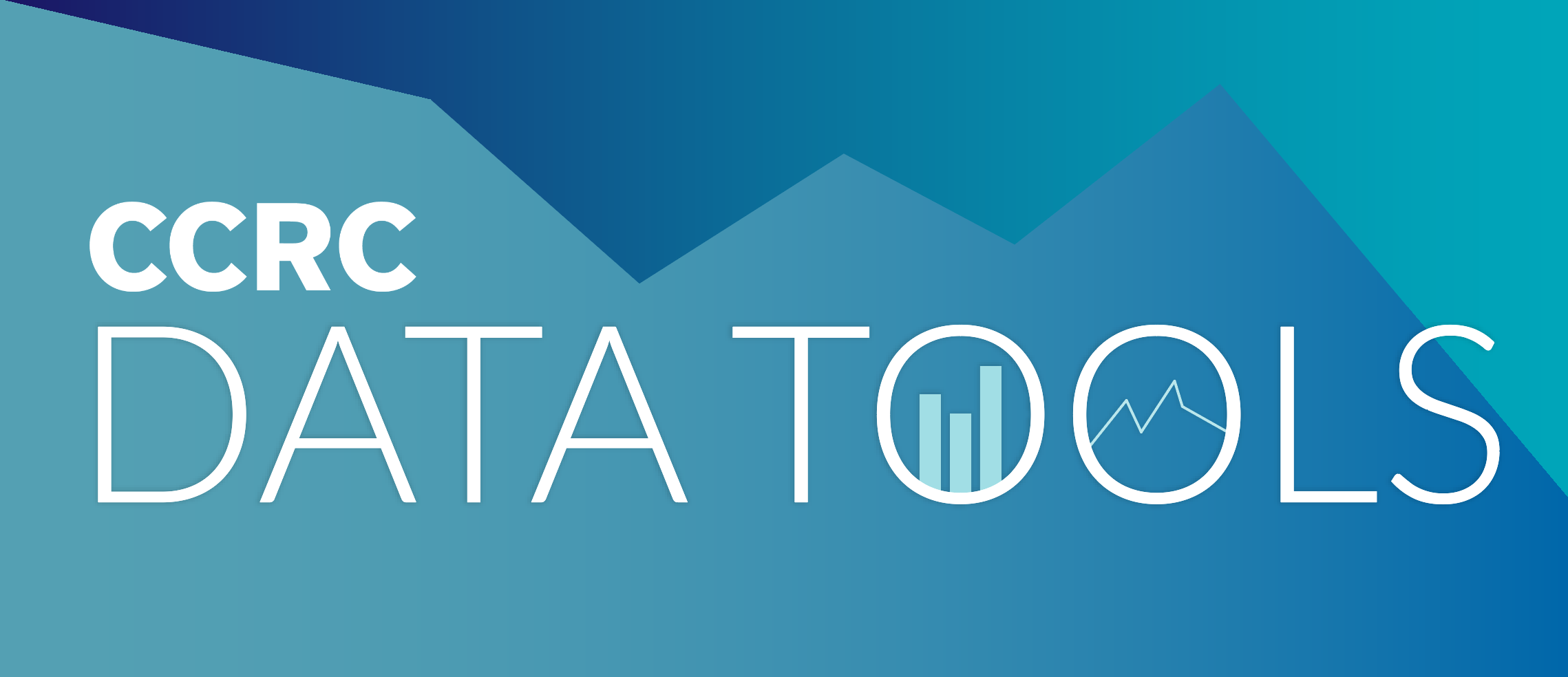Community college students are often underestimated, but their stories reveal a different reality — a relentless pursuit of education despite obstacles. Notwithstanding this dedication to their education, community college students face more obstacles that increase the likelihood that they will leave college and decrease their chances of graduating. To gain deeper insight into the critical factors behind these decisions, I gathered information from classmates in my summer courses at the City University of New York’s Macaulay Honors College, as well as from others I’ve met throughout my academic journey. These courses consisted entirely of community college students from across New York City, many of whom have dropped out at some point in their lives but later returned to college. I sent out an informal online survey via class group chats and with the help of professors to learn more about the reasons behind their decisions.
A complex web of factors, ranging from financial difficulties to academic challenges — many of which were exacerbated by the pandemic — influence community college students’ decisions to drop out and to come back to college. I speak from experience. Upon graduating high school in 2021, I enrolled at Queensborough Community College for the fall semester, and, for a multitude of reasons, dropped out before the semester ended. For myself and many of my peers, our college experience was severely hindered by the pandemic and its aftershocks. My junior and senior years of high school, a pivotal time for college preparation and decision-making, were replaced with “hands-off learning,” a polite way of saying, “figure it out yourself.” Without proper guidance, I found myself struggling to navigate the chaos of academic advisement offices. I enrolled in a community college because I felt obligated to continue my education, not realizing that I didn’t have to follow the immediacy of the conventional path from high school to college to be successful. Upon unofficially withdrawing from classes, I entered the workforce for about a year and a half before re-enrolling because I genuinely wanted to, not because I felt like I had to. My story is only one of many that shows the importance of academic advising in shaping a student’s academic trajectory and success.
The survey revealed that my classmates had similar experiences. A lack of engagement and connection to their institution, alongside academic challenges, financial constraints, and family reasons, significantly impacted their decisions to drop out. Quality advising can help students address these issues and plays a critical role in student retention, persistence, and success. The absence of adequate advising and support systems left my classmates feeling lost and unsupported. One student who briefly attended Borough of Manhattan Community College (BMCC) in the fall of 2021 shared, “If I had been provided better resources and assistance during my initial enrollment, I would’ve been much more secure in my choice to attend college… With better advisors and more concise guidance, I definitely would’ve had more incentive to stay.” They also described their experience with the BMCC advising office as a, “real bureaucratic nightmare.” Another student shared that they were, “originally [enrolled] at BMCC and the lack of assistance was a big factor in… dropping out.” To combat this issue, research by CCRC and others indicates that colleges should focus not only on more intensive and proactive advising, but on instilling a sense of belonging and building students’ academic motivation.
In addition to these challenges, societal stereotypes often undermine community college students. Despite the dedication and hard work required to manage multiple responsibilities, community college students are frequently deemed unmotivated or academically inferior. The reality is that three-quarters of students from public two-year colleges work while in school, 46% of them working full-time, and nearly 60% of them are financially independent adults. One student in the survey noted, “Community college students have to work harder to be taken seriously among peers and associates.” Another shared, “The stereotypes surrounding community college made me feel a little ashamed of my choice… There are notions that you’re ‘giving up’ or ‘phoning it in.’”
This stigma persists despite the fact that 44% of all undergraduates enroll in community colleges. And while community colleges serve a significant portion of students who are low income, first generation, or are parents, and who may need more support, they remain severely underfunded. Viewing them as lesser institutions leads to a lack of investment, hindering their ability to serve their students. As a result, advisors and faculty are stretched too thin to manage their caseloads effectively and a cycle of inadequacy is perpetuated.
When asked what motivated them to return to school, many of my classmates cited reasons rooted in self-fulfillment. One student expressed a desire for “higher education and access to more opportunities,” while another highlighted their determination. “I made a plan and stuck with it,” they said.
The feeling of wasting their potential also motivated students, as did the acknowledgment that, as one said, they “weren’t ready to enter the world without further education.” For others, the decision was driven by both personal and professional aspirations: “I needed a degree and I like school,” one student said, while another viewed it as “a personal goal and career advancement.” Some needed time to warm up to the idea of higher education: “I wore myself out at jobs to keep myself busy, to avoid having to think about a life beyond. [Eventually,] I gained a newfound confidence in myself… the confidence needed to ask myself, ‘What if?’” These responses highlight a common theme of resiliency and self-discovery. Community college students return to school to explore their potential, take control of their futures, and most importantly, a desire for personal and professional growth.
As I continue my academic journey at BMCC and plan to transfer to City College of New York through Macaulay Honors College, I see my own experience reflected in the stories of my peers. To truly value community college students, we must rethink our perception of them — not as individuals taking the easy way out, but as determined, hardworking individuals navigating complex paths. These students deserve to be recognized for their resilience and determination. By sharing our stories, I aim to challenge the pervasive ’13th Grade’ stigma that unfairly diminishes the achievements of community college students. It’s imperative that we advocate for a more supportive and equitable educational system that not only acknowledges but also celebrates the perseverance and potential these students bring to higher education.





